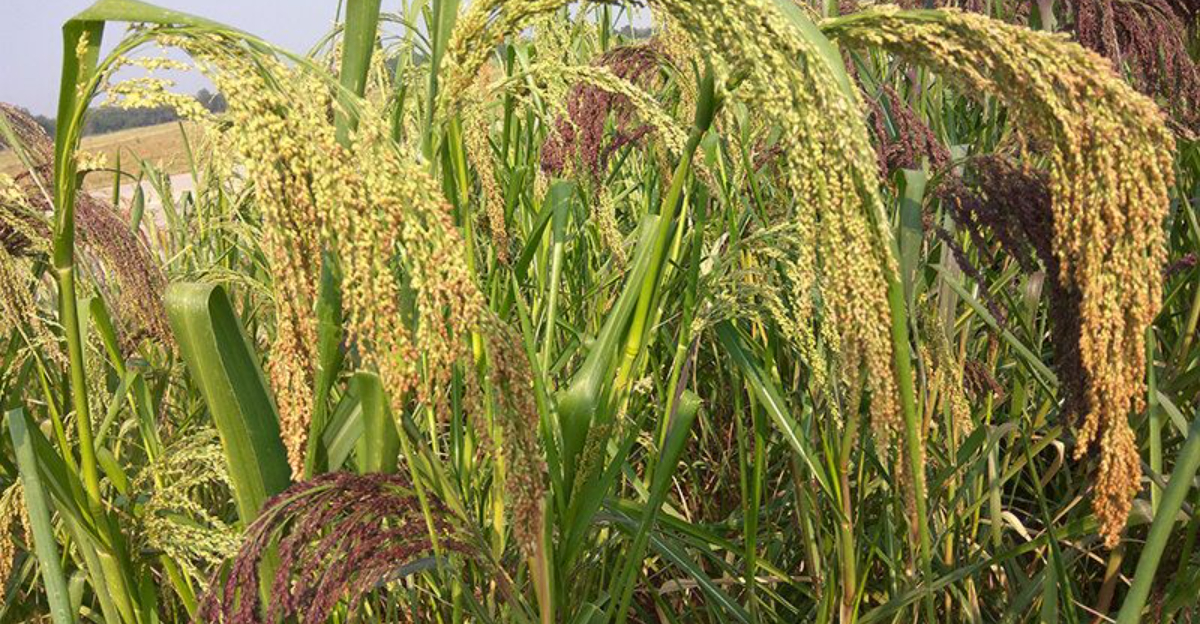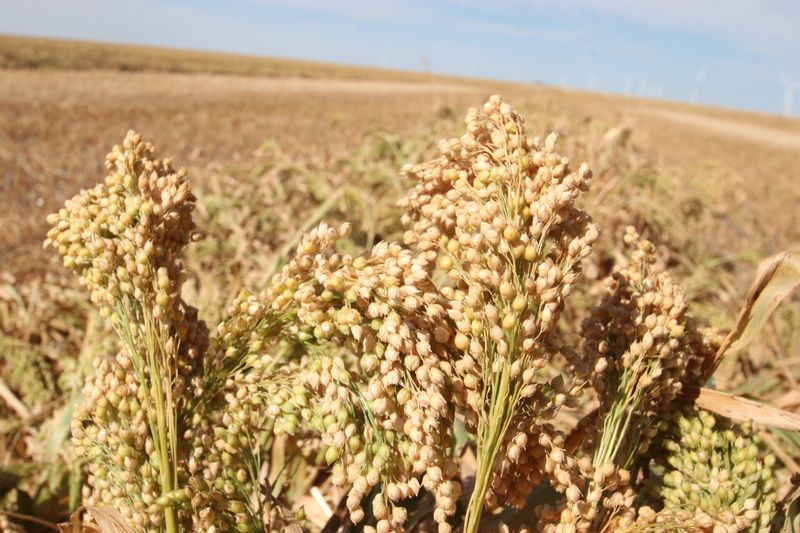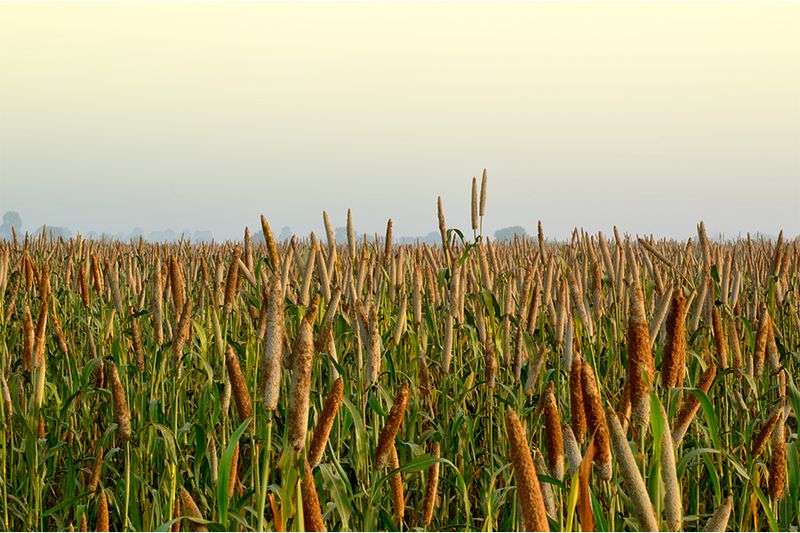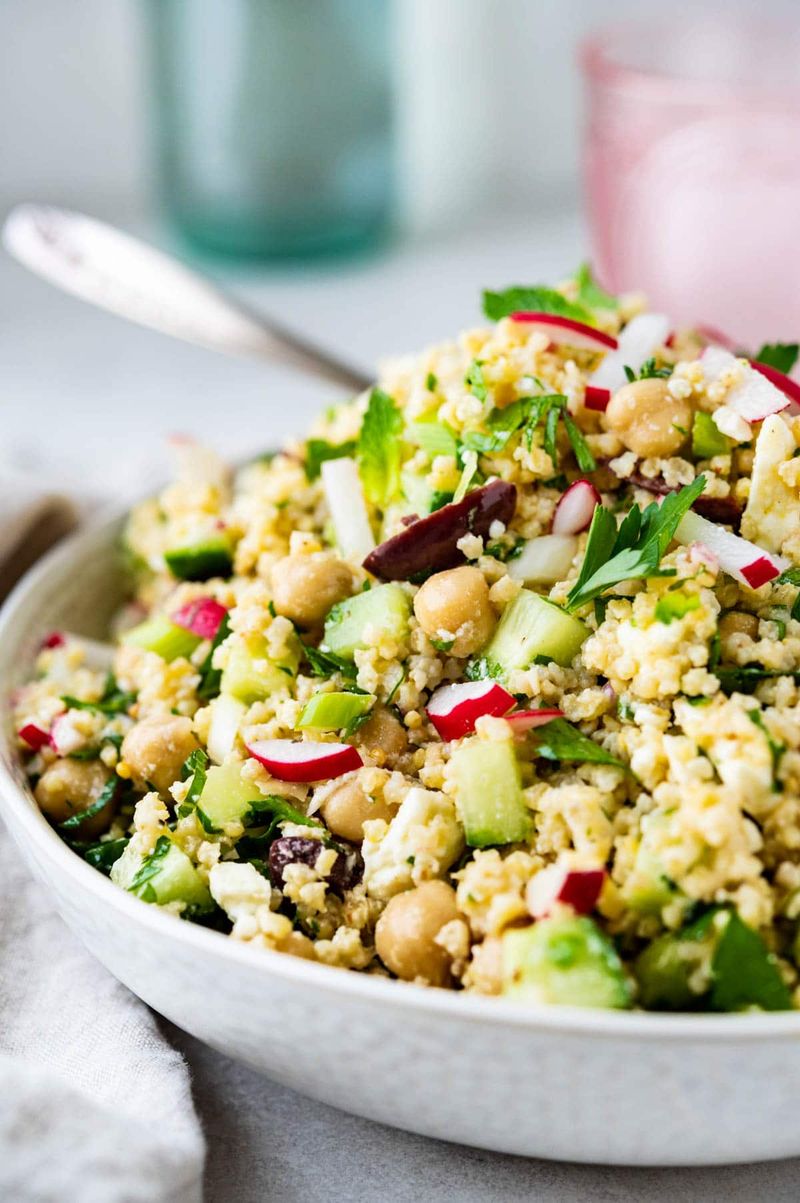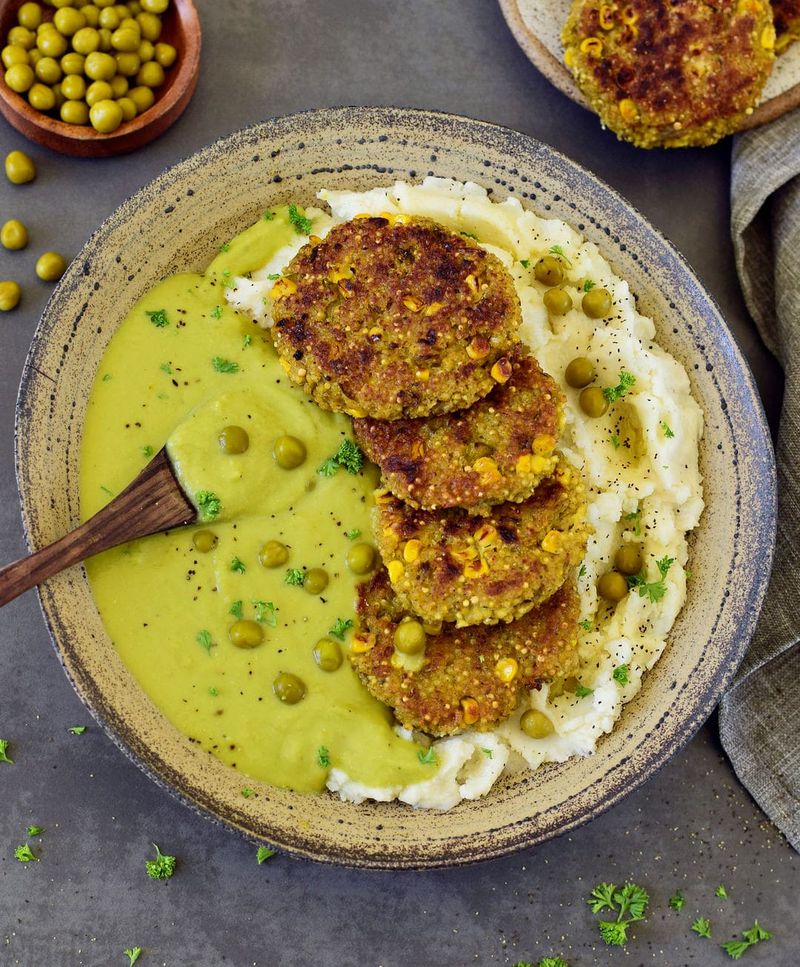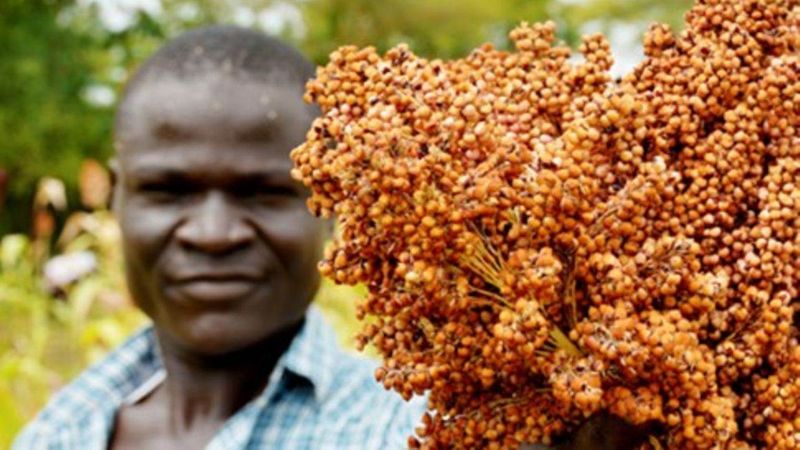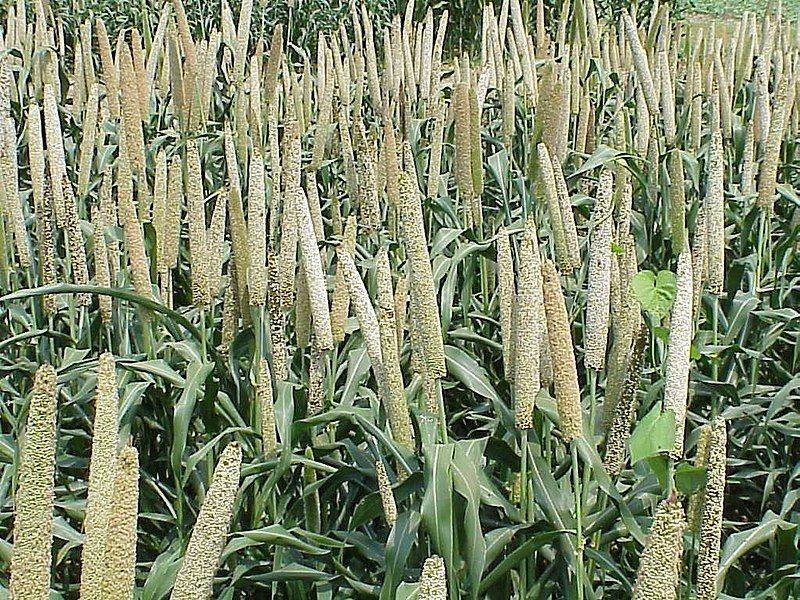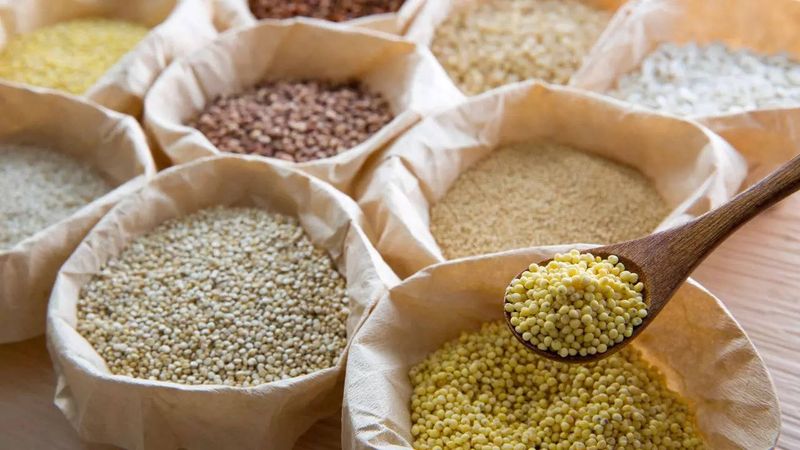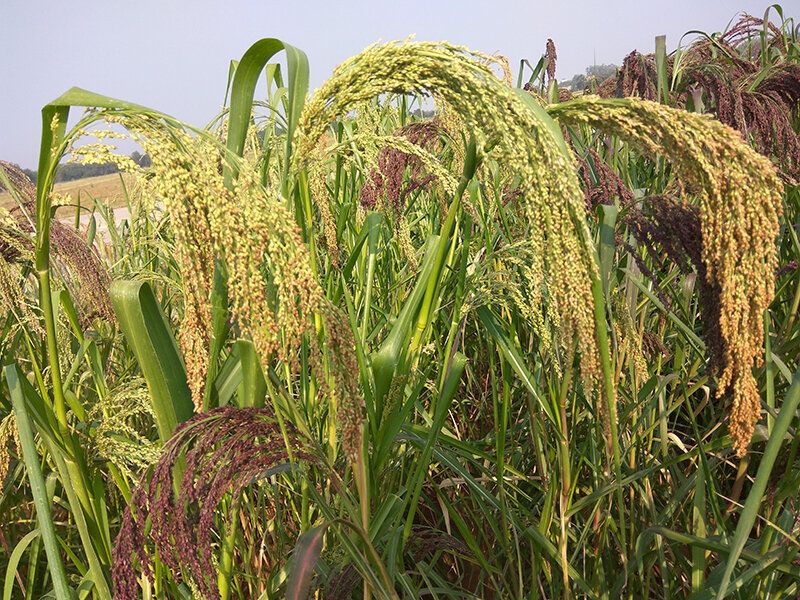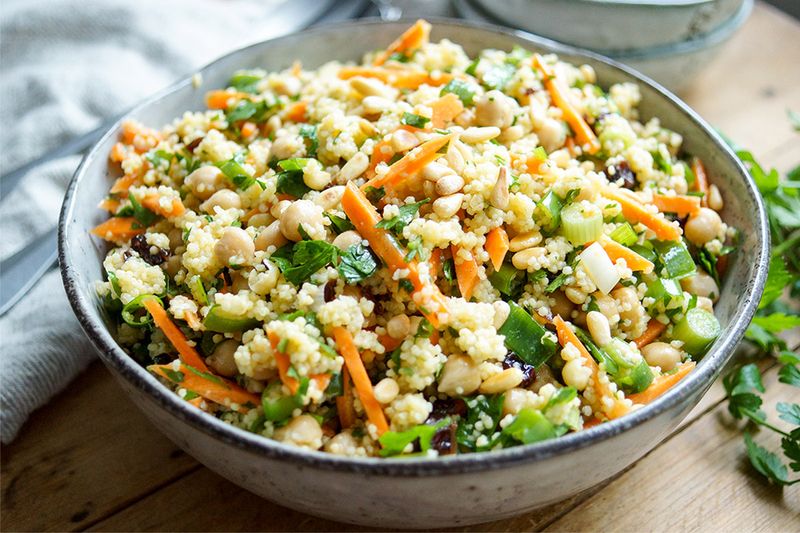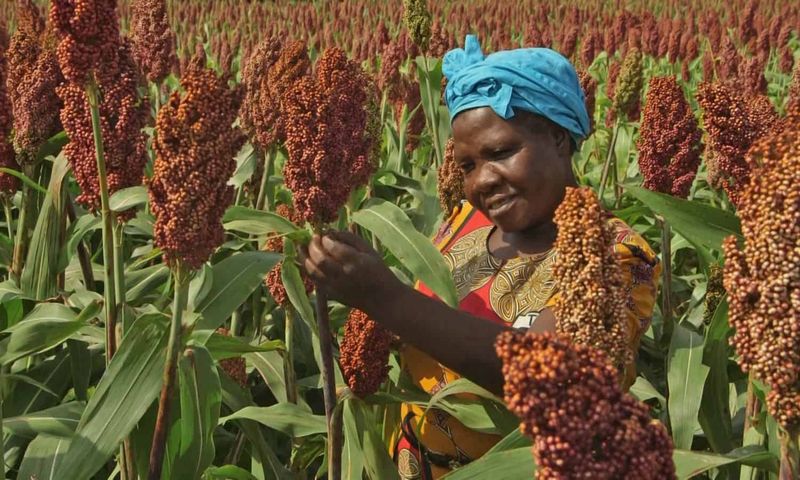In these turbulent times, when climate change and food security are pressing concerns, millet emerges as a beacon of hope.
Known for its resilience and nutritional richness, this ancient grain is making a comeback in modern agriculture and diets.
Discover why millet is hailed as a magical crop, suited perfectly for the challenges of today.
1. Thrives in Harsh Climates
Millet’s tenacity in drought-prone regions is unmatched. Picture fields of golden millet waving under a blazing sun, rooted in soil where other crops falter. Its hardy nature makes it indispensable for areas grappling with climate stress.
Envision farmers smiling as their fields stand resilient against the odds. This adaptability ensures food security even when rains are scarce, offering a lifeline to communities dependent on agriculture.
The grain’s ability to flourish under such conditions isn’t just remarkable; it’s a testament to nature’s ingenuity in providing sustainable solutions.
2. Fast-Growing and Low Maintenance
Imagine a crop that races against time, maturing swiftly in just a few months. Millet is that crop, setting the pace for sustainable farming. With minimal water needs, it’s the poster child for low-maintenance agriculture.
Picture farmers tending fields with ease, as millet’s fast-growing nature aligns with unpredictable weather patterns. This quick turnaround allows for multiple harvests, ensuring a steady food supply.
Its efficiency in growth is not just economically beneficial but also environmentally friendly, reducing the strain on precious resources.
3. Highly Nutritious
Packed to the brim with nutrients, millet stands proud as a superfood. A bowl of this grain isn’t just filling; it’s a powerhouse of health. Imagine savoring each bite, knowing it’s brimming with fiber, protein, and essential vitamins.
The richness of iron and magnesium in millet supports energy levels and immune function. Envision a family enjoying a meal, their plates full of vitality and strength. This tiny grain delivers a big punch, making it an invaluable addition to diets seeking balance and nutrition.
4. Naturally Gluten-Free
For those navigating the tricky waters of gluten sensitivities, millet is a safe harbor. Imagine families gathering around a table, sharing dishes that bring peace of mind and culinary delight.
Its gluten-free nature opens doors to endless cooking possibilities, replacing wheat without compromising taste. Picture chefs crafting exquisite dishes that cater to diverse dietary needs.
This grain not only satiates hunger but also bridges dietary gaps, offering a versatile alternative for those with specific health requirements.
5. Boosts Food Security
In times of crisis, millet shines as a beacon of reliability. Imagine bustling markets where millet-based products line the stalls, reassuring communities with a stable food supply.
Its resilience and adaptability make it a cornerstone for food security, especially in areas with limited agricultural infrastructure. Picture families purchasing millet, confident in its ability to provide nourishment regardless of external challenges.
This grain, with its steadfast presence, ensures that food insecurity is kept at bay, offering hope and sustenance.
6. Supports Gut Health
Gut health is the cornerstone of overall well-being, and millet champions this cause. Envision a family relishing a wholesome, millet-infused meal, their digestive systems thanking them for the fiber-rich goodness.
This grain is packed with prebiotics that nourish the gut microbiome, promoting balance and health. Imagine the gentle strength it offers your digestive tract, aiding in regularity and comfort.
Millet’s contribution to gut health extends beyond mere sustenance; it’s a guardian of your internal harmony.
7. Long Shelf Life
Imagine opening a pantry to find jars of millet, each grain promising longevity and minimal waste. Properly stored, millet can last up to two years, a true asset in food planning.
Picture households feeling secure with this staple in their reserves, knowing it’s ready whenever needed. Its durability makes millet a favorite for preppers and planners alike, reducing waste and enhancing food security.
This shelf-stable grain is more than just a pantry staple; it’s a strategic ally in sustainable living.
8. Environmentally Friendly
In the realm of eco-conscious choices, millet plants itself firmly. Consider a farm where millet grows abundantly, requiring minimal water and few chemicals. Its cultivation practices are a nod to sustainability, leaving a light footprint on our planet.
Picture the satisfaction of farmers knowing their methods support environmental health. Millet’s eco-friendliness isn’t just a buzzword; it’s a commitment to nurturing the earth while reaping its bounty. This grain embodies a harmonious balance between agriculture and nature.
9. Culinary Versatility
In the kitchen, millet is a chameleon. From hearty porridges to delicate flatbreads, this grain transforms effortlessly across culinary traditions. Picture a table adorned with an array of millet-based dishes, each one a testament to its adaptability.
Whether in salads or baked goods, millet’s subtle flavor profile complements a variety of ingredients, enhancing meals with its nutritious charm. This grain isn’t just a staple; it’s a canvas for culinary creativity, inviting chefs and home cooks alike to explore endless possibilities.
10. Economic Empowerment for Small Farmers
For smallholder farmers, millet offers more than sustenance; it provides empowerment. Visualize farmers working lands that others overlook, their fields thriving with robust millet crops.
This grain grows in marginal soils, offering income opportunities where few exist. Envision communities uplifted by the economic stability millet brings, a testament to its role in diversifying livelihoods.
For these farmers, it’s not just about cultivation; it’s about carving a sustainable path forward in challenging times, where resilience is key.
